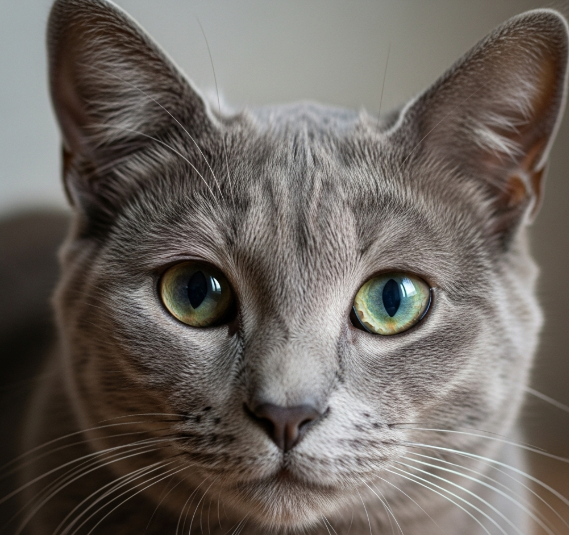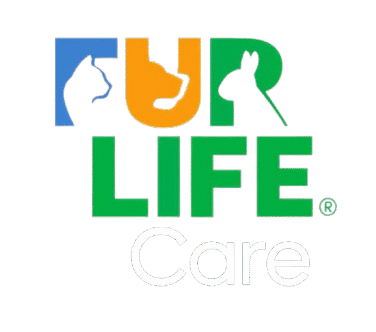Origins, Remedies, and Ways to Prevent

Glaucoma isn’t just a human eye disease—it can affect cats too. This painful condition causes increased pressure inside the eye, which, if left untreated, may lead to blindness. Fortunately, with early veterinary care and appropriate treatment, many cats can maintain their vision and live comfortably despite glaucoma.
What Is Glaucoma in Cats?
Glaucoma occurs when the eye’s natural fluid, known as aqueous humor, doesn’t drain properly. This leads to a buildup of pressure inside the eye, which can damage delicate structures over time. Because glaucoma is progressive, the condition usually worsens without treatment.
Recognizing the Signs of Glaucoma in Your Cat
Early glaucoma can be tricky to spot, so it’s important to monitor your cat’s behavior and eyes closely. Symptoms often mimic other eye problems, so prompt veterinary evaluation is essential.
Common signs include:
- Cloudy or hazy appearance in the eye
- Watery or excessive tear discharge
- Squinting or blinking frequently
- Enlarged or dilated pupil
- Swollen or bulging eyeball
- Pawing at the face or eyes
As glaucoma progresses, your cat might become less social or more lethargic due to discomfort. Vision loss can cause your cat to become clumsy, misjudge jumps, or bump into objects, especially unfamiliar ones.
What Causes Glaucoma in Cats?
Glaucoma in cats is typically categorized as either primary or secondary:
- Primary glaucoma is rare and usually genetic, with breeds like Burmese and Siamese cats more prone to it.
- Secondary glaucoma is far more common and happens when another eye condition interferes with fluid drainage. These can include:
- Eye inflammation (uveitis)
- Displacement of the lens (anterior lens luxation)
- Eye injuries or trauma
- Advanced cataracts
- Tumors or growths inside the eye
How Is Glaucoma Diagnosed?
Diagnosing glaucoma requires specialized eye exams. Your veterinarian will review your cat’s medical history and perform a thorough physical check.
To measure eye pressure, a device called a tonometer gently touches the eye surface to gauge intraocular pressure. Elevated pressure combined with other symptoms usually confirms glaucoma.
In some cases, your vet may refer you to a veterinary ophthalmologist—a specialist equipped with advanced tools to provide a precise diagnosis and treatment plan.
Treatment Options for Cats with Glaucoma
Most cats with glaucoma start treatment with eye drops designed to lower eye pressure and reduce inflammation. Medications like dorzolamide and timolol are commonly used.
Steroids may also be prescribed to control inflammation. Because glaucoma can be challenging to manage, regular vet visits are necessary to monitor your cat’s condition and adjust treatment.
In severe cases, surgery or laser therapy may be needed to improve fluid drainage. If glaucoma causes irreversible damage and pain, removing the affected eye might be recommended to maintain your cat’s quality of life.
What’s the Outlook for Cats with Glaucoma?
While glaucoma-related eye damage can’t be reversed, early detection and consistent treatment can help your cat live comfortably and retain vision longer. Regular veterinary checkups are key to catching eye issues before they worsen.
Preventing Glaucoma in Your Cat
There’s no guaranteed way to prevent glaucoma, especially primary glaucoma which is hereditary. To reduce risks:
- Avoid breeding cats with a history of primary glaucoma
- Schedule regular veterinary exams to detect early eye problems
- Address any eye injuries or inflammation promptly to prevent secondary glaucoma
If you notice any signs of eye discomfort or vision problems in your cat, contact your veterinarian immediately. Early intervention is critical to preserving your cat’s eyesight and comfort.
For personalized advice and care, always consult your vet, who knows your cat’s health history and can recommend the best treatment options.
